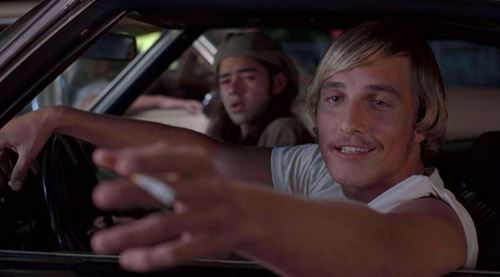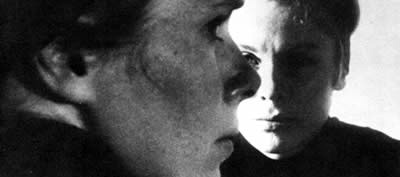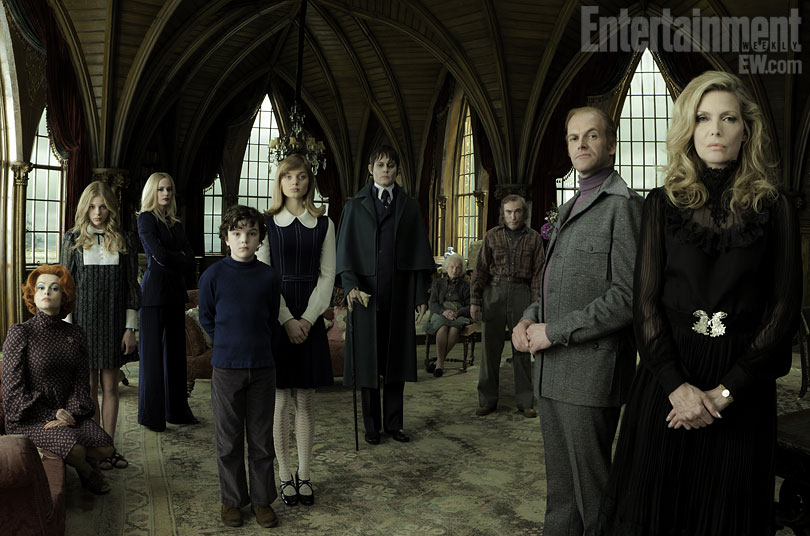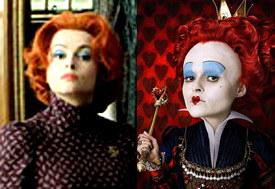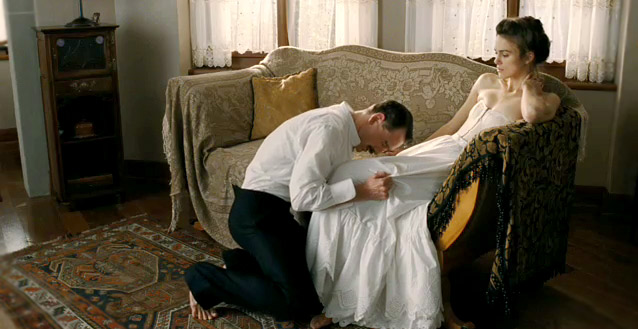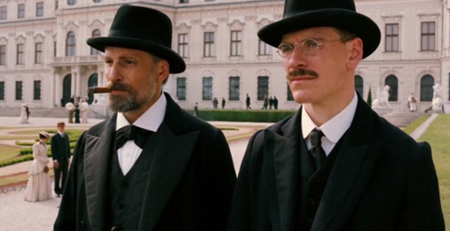Never Compromise, The Iron Linky
 Thursday, September 22, 2011 at 10:00PM
Thursday, September 22, 2011 at 10:00PM Feast your eyes on the first poster for The Iron Lady... [via]
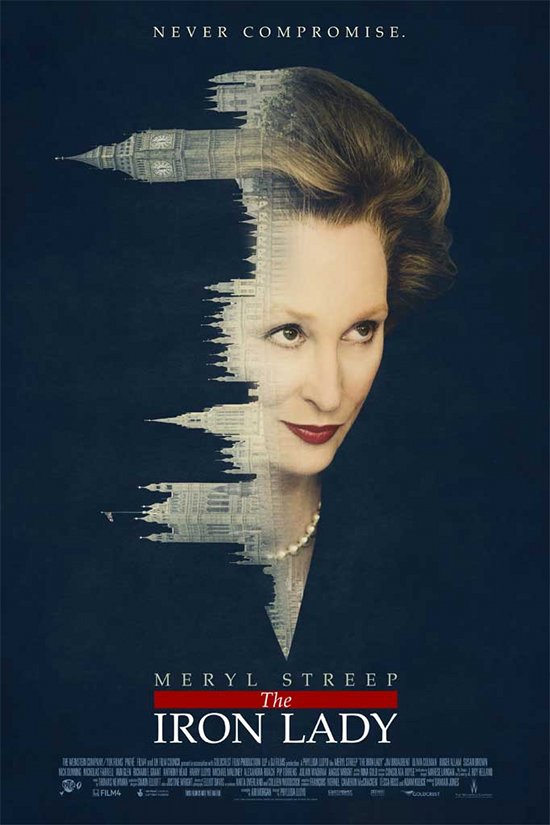
I admire the concept of this poster but I think more of her face should have been showing for aesthetic reasons before it began to bled into the Parliament. As it is it's weirdly torn up. But perhaps you'll feel differently. You'll tell me, won't you?
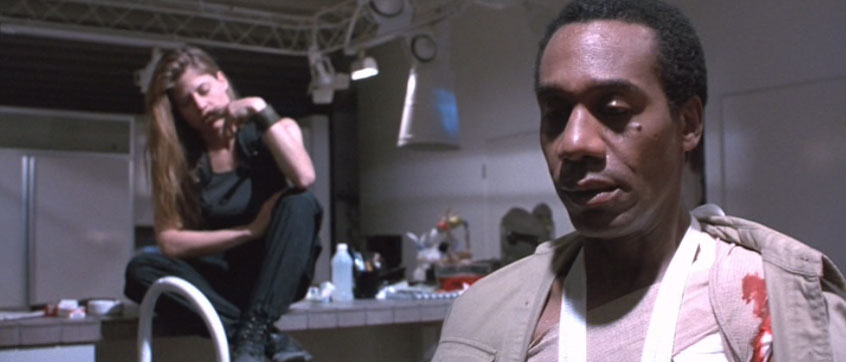 Links
Links
Antagony & Ecstasy Nick started a real trend with those 'year so far' awards
My New Plaid Pants "Thursdays Ways Not To Die" takes on Disney's Finding Nemo and you can't argue with that pie chart.
Mr Hipp Strikes! Remember when I said that Drive is one of those movies that will eventually inspire cult devotion. It's already obviously begun.
GQ Natasha VC (whose tumblr i just lurve) on Terminator 2: Judgment Day (one of my favs). Though... apparently she's pissing off some cinephiles with this.
TV Break
Gold Derby Remember how weird it was when Mad Men lost everything but Best Drama at the Emmys on Sunday. Turns out it's not so weird.
The Critical Condition loves the new drama Revenge which features the return of the wonderful Madeleine Stowe. So do I and I only watched it to see Stowe again. Interesting that he brings up Ringer in his review because the whole time I was thinking: how come Sarah Michelle Gellar couldn't get a decent expensive show like this to headline? Ringer is just a mess and she's a much bigger star than Emily VanCamp.
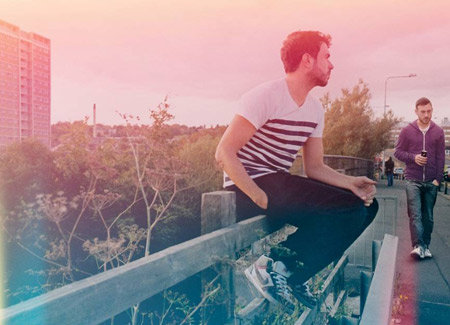 Finally...
Finally...
You can head on over to Towleroad to read my interview with writer/director Andrew Haigh. His debut (scripted) feature Weekend, is a real wow, beautifully observed, well acted, consistently engaging and expressively shot... all the things that no-budget gay cinema usually lacks. There's more to this interview since our conversation spilled over past our alloted time so I might share a few more nuggets later on if I see cause. I'm hoping the film does well on the coasts and prompts further expansion. It's very good.
 Disney,
Disney,  Drive,
Drive,  Finding Nemo,
Finding Nemo,  LGBT,
LGBT,  Mad Men,
Mad Men,  Madeleine Stowe,
Madeleine Stowe,  TV,
TV,  Terminator,
Terminator,  The Iron Lady,
The Iron Lady,  Weekend,
Weekend,  interview
interview 


